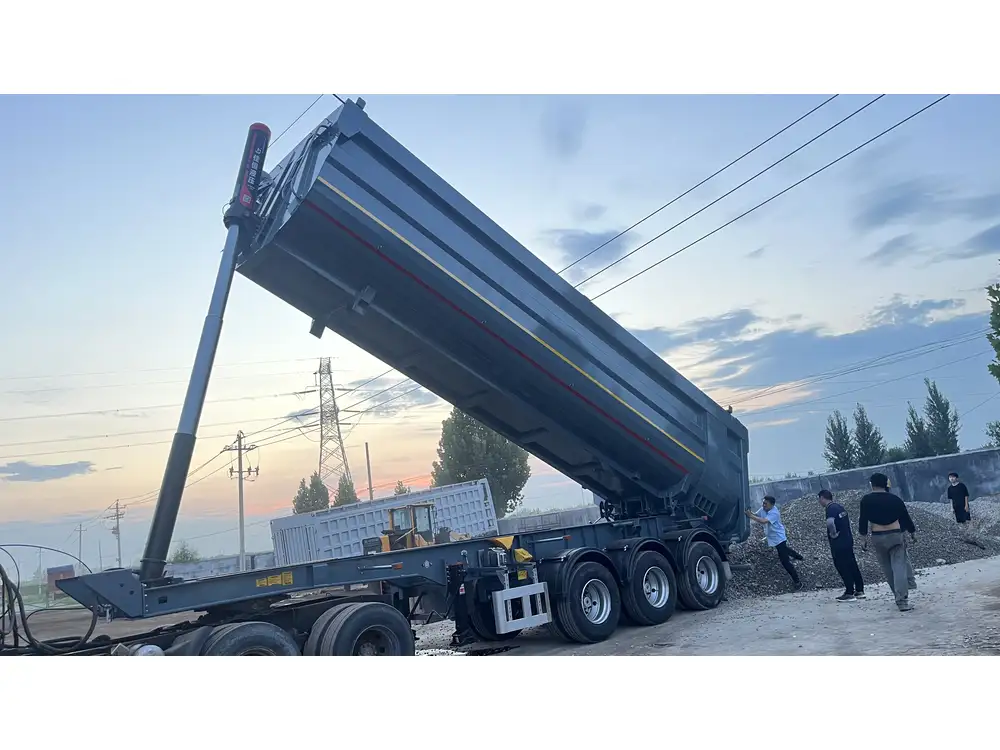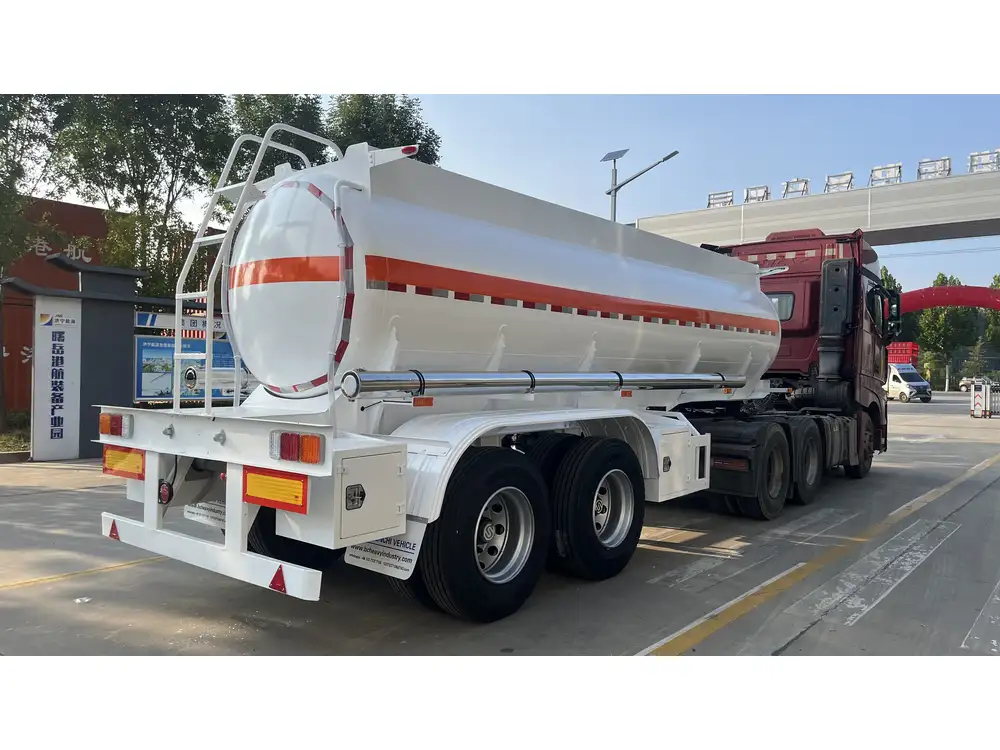Driving a semi truck trailer is an intricate task that combines skill, knowledge, and awareness of both the vehicle and the environment. This comprehensive guide will navigate you through the multifaceted world of operating a semi truck, highlighting essential techniques, safety measures, and legal obligations. Here’s what you need to know.
Understanding the Semi Truck Trailer
What is a Semi Truck?
A semi truck, also referred to as a tractor-trailer, consists of a powerful front unit (the tractor) and a distinctive trailer designed for cargo. This combination is essential for transporting goods across vast distances.

Types of Semi Trailers
| Trailer Type | Description | Common Use Cases |
|---|---|---|
| Flatbed Trailers | Open trailers without sides, perfect for heavy and large items | Construction materials, machinery |
| Enclosed Trailers | Protect cargo from weather, featuring walls and a roof | Moving delicate items, vehicles |
| Refrigerated Trailers | Equipped with cooling systems for perishable items | Food transport, pharmaceuticals |
| Tankers | Designed for transporting liquids, such as fuel | Oil and gas, chemicals |
Each type has unique handling requirements and characteristics that drivers must understand to navigate effectively.
Preparing for the Drive
Pre-Trip Inspections
Before hitting the road, conducting a thorough pre-trip inspection is crucial. Consider this checklist:
- Tires: Check for proper inflation and tread depth.
- Brakes: Ensure brakes are functioning correctly and are free from leaks.
- Lights: Verify all lights are operational, including turn signals and hazard lights.
- Cargo: Confirm that the cargo is secured properly to prevent shifting during transit.

Adequate Training and Licensing
To operate a semi truck legally, obtaining a Commercial Driver’s License (CDL) is essential. CDL training varies by state but generally includes both classroom education and behind-the-wheel practice.
Mastering the Driving Techniques
Driving a semi for the first time can be daunting. Here’s how to approach it, step by step.
Starting and Stopping
Starting:
- Adjust Your Seat: Ensure you’re comfortable and can reach all controls easily.
- Check Mirrors: Adjust side and rear-view mirrors for optimal visibility.
- Use the Ignition: Start the engine and allow it to warm up.
Stopping:
- Anticipate Stops: Begin braking well in advance to account for the trailer’s momentum.
- Use the Engine Brake: Shift to a lower gear to slow down gradually.

Steering and Maneuvering
- Turning: When making turns, use your turn signal well in advance. Remember that the trailer will take a wider arc.
- Backing Up: Use a spotter if available. Take it slow and frequently check your mirrors. Use the ‘S’ maneuver technique, which involves moving backward in an “S” shape to adjust your position.
Lane Changes and Merging
Lane Change:
- Check blind spots carefully. The larger size of semi trailers creates significant blind spots.
- Signal your intention, and ensure there’s enough space.
Merging:
- As you merge, remember that acceleration may differ from standard vehicles due to the truck’s weight. Maintain a safe speed.
Handling Hills and Slopes
When approaching a hill:
- Shift to a lower gear: This prevents excessive wear on brakes and allows for better control.
- Speed Management: Maintain a steady speed while climbing and be prepared for potential loss of power in heavy loads.

Safety Measures
Defensive Driving
Employ defensive driving techniques to enhance safety:
- Maintain Distance: Keep a safe following distance. The recommended distance is at least one second for every 10 feet of vehicle length.
- Stay Alert: Pay attention to surroundings, including other vehicles, pedestrians, and obstacles.
Emergency Procedures
Being prepared for emergencies is vital.
- Brake Failure: If brakes fail, downshift, engage the emergency brake, and steer to a safe area.
- Fire: Exit the vehicle and stand at a safe distance while calling emergency services.

Navigating Legal Regulations
Hours of Service (HOS) Regulations
Understand the HOS regulations set forth by the Federal Motor Carrier Safety Administration (FMCSA):
| Activity | Time Allowed |
|---|---|
| Driving time per day | 11 hours after 10 consecutive hours of off-duty |
| Total work week | 60/70 hours in 7/8 days |
| Breaks | 30-minute break after 8 hours of driving |
Adhering to these regulations is critical for safety and compliance.
Weight Limits
Each state has specific weight limits for semi truck trailers. Overweight fines can be severe, potentially leading to license suspension. Utilize weigh stations accordingly.

Conclusion
Driving a semi truck trailer is an intricate dance of skill, diligence, and responsibility. By understanding your vehicle, adhering to safety protocols, and complying with legal regulations, you can ensure a smooth journey whether you’re transporting goods locally or cross-country.
Equipping yourself with knowledge, practice, and a commitment to safety will not only make you a proficient driver but also contribute to the overall safety of the roads. Keep honing your skills, and you’ll join the ranks of experienced professionals who navigate America’s highways with confidence and competence.



